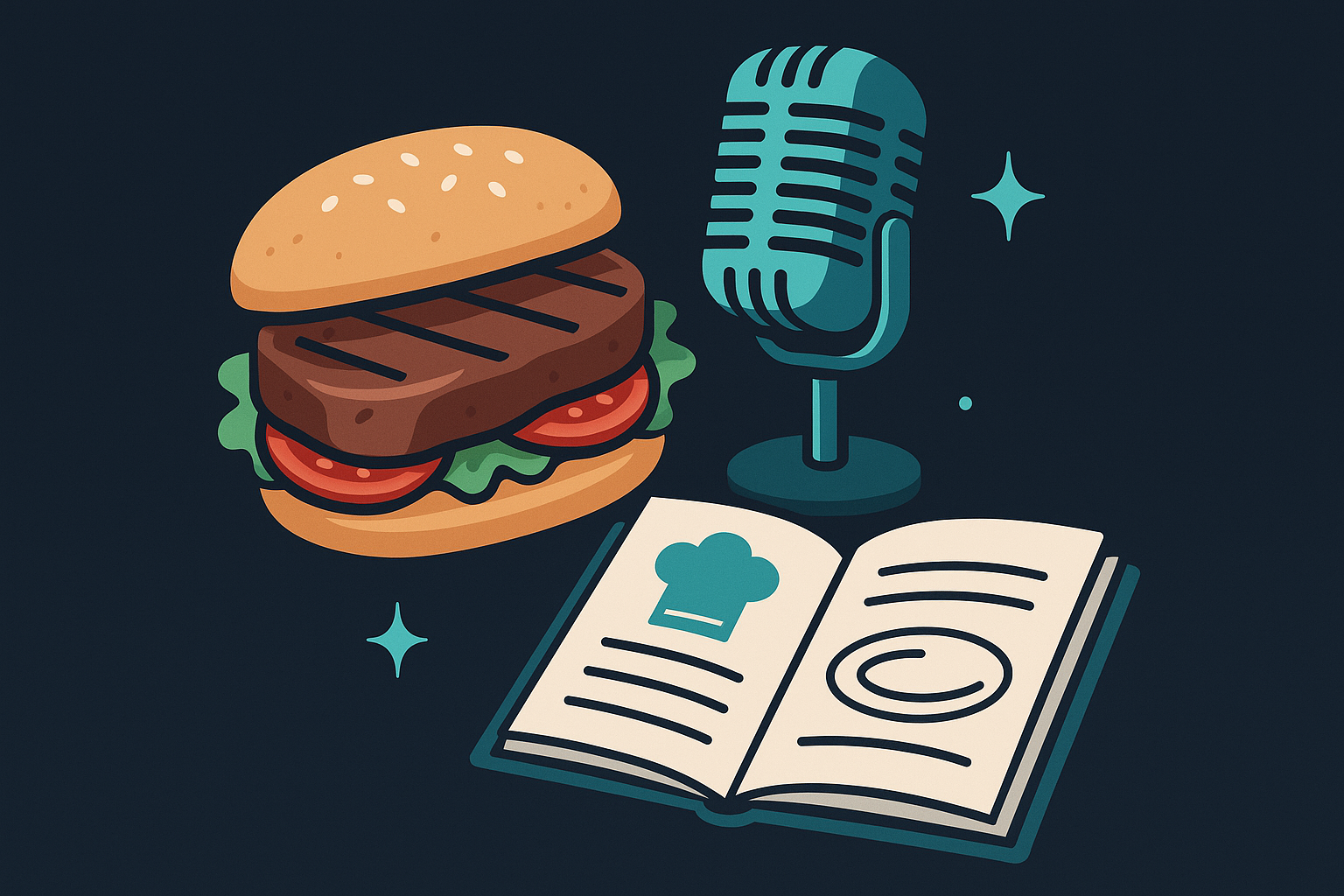Steak Sandwiches, AI, and the Art of Assembly
Let’s talk steak sandwiches. Not just the ones you devour in a post-hangover haze, but the kind that demand a little bit of reverence—a culinary assembly project, less fast food, more edible architecture. If you haven’t yet, you’ll want to scan this steak sandwich recipe for reference. Trust me, it’s worth the detour.
What a Steak Sandwich Teaches Us About Systems
Here’s the thing: a great steak sandwich is a system. You have your bread (the platform), your steak (the value proposition), caramelized onions (the subtle UX details), aioli (the secret sauce, literally and figuratively), and a supporting cast of greens and cheese. Every layer matters. Miss one, and you risk a soggy mess or a dry, flavorless brick. Too much of any one thing? Good luck fitting it in your mouth.
Sound familiar? It’s the same with AI-powered solutions in ecommerce or content marketing. The temptation is to think that a killer model—a Wagyu ribeye, if you will—can do it all. But unless you nail the assembly, the handoff between each layer, the interplay of flavors (or features), you end up with something that looks better on paper than in practice.
The Mise en Place of Modern Tech
Let’s dissect the recipe’s transformative moves:
- Preparation over improvisation: The steak is seasoned, rested at room temperature, and cooked with intent. The onions are caramelized low and slow, not rushed. There’s a deliberate sequence and respect for timing. The same applies to AI workflows—garbage in, garbage out, but also: hurried in, half-baked out.
- Layering for impact: No single ingredient does the heavy lifting alone. The aioli is punched up with horseradish and lemon. The onions are sweet and sticky. Each one gets its moment, but only together do they deliver that punchy, satisfying experience. In product design, this is your user onboarding, data pipelines, and feedback loops—all singing in harmony, or at least not yelling over each other.
- Rest, cut, assemble: Slicing the steak against the grain, letting it rest, then assembling with precision. This is the art of the handoff—between teams, between AI modules, between idea and execution. Skip the rest, and your results are tough and forgettable.
Why AI Projects Fail (and Sandwiches Get Soggy)
It’s easy to treat AI like the steak itself—the centerpiece, the “wow” factor. But, like a good sandwich, it’s all in the composition. The assembly is where the magic (or disaster) happens.
Too many entrepreneurs, especially those seduced by podcast tales of overnight success, think they can toss a language model into their app and call it lunch. But success is in the sequencing, the human touch, the “mise en place.” You want to orchestrate, not just automate. There’s a reason why the recipe calls for a light toasting of the ciabatta, not a cremation. Similarly, the best AI tools are those that make humans better—not those that try to replace every step with a black box.
From Sandwich to Strategy: Tasting the Takeaways
So, what does a great steak sandwich have to do with building resilient, transformative AI-driven businesses? Everything. The steak sandwich is an edible metaphor for assembling technology, teams, and experiences that don’t just function, but delight.
- Start with the right ingredients: Don’t skip the foundational work. Whether it’s sourcing quality steak or curating your training data, quality at the start pays dividends.
- Respect the process: Rushing kills flavor—and projects. Build in time for iteration, feedback, and rest. Let your ideas marinate.
- Embrace the art of assembly: Don’t just bolt features together. Think about how each component complements the next. Test, taste, adjust.
- Keep it human-centered: The best sandwiches are made for hands, mouths, and noses. The best AI is made for people, not just profit reports.
Action Steps for the Entrepreneurial Kitchen
- Study the steak sandwich recipe and reverse-engineer your next product launch or AI experiment the same way: start with intent, build with care, taste as you go.
- Audit your tech stack. Where are the weak links in your “assembly”? Are you missing the aioli?
- Host a team lunch—seriously. Make steak sandwiches together. Then, discuss how your workflows mirror (or don’t) the process you just experienced. You’ll be surprised at what emerges.
Because, at the end of the day, the difference between a forgettable sandwich and an unforgettable one—and between a generic AI project and a transformative one—isn’t just the ingredients. It’s how you put them together.
Checkout ProductScope AI’s Studio (and get 200 free studio credits)

